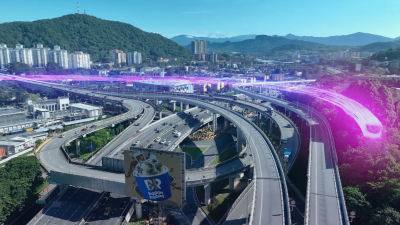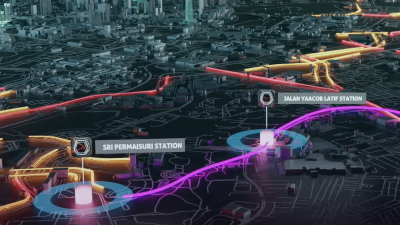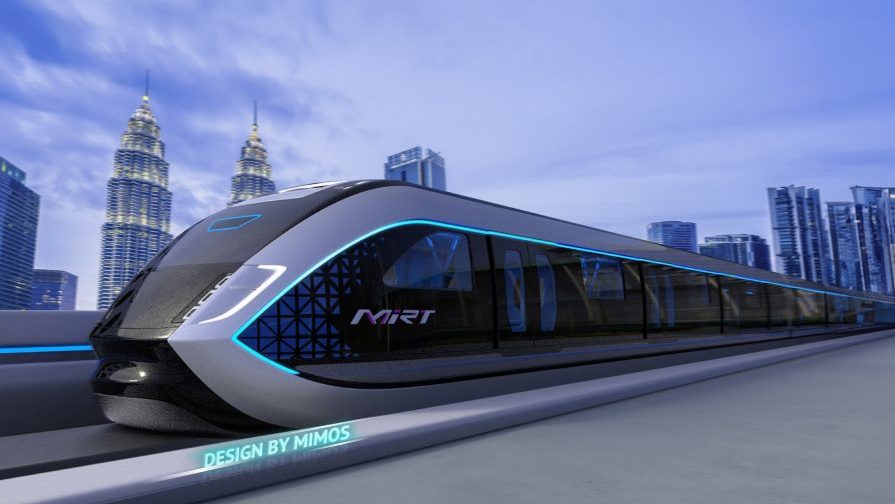How can we help you?
- The depot will be located at Taman Midah.
- It will provide facilities for the operation and maintenance needs of the MRT3 line, including scheduled and unscheduled maintenance of rolling stock and related equipment.
- Yes, MRT Corp prioritizes accessibility in selecting station locations. This includes access for pedestrians, buses, taxis, and private vehicles.
Interchange locations are crucial for enabling passengers to transfer between lines, enhancing public transport coverage. Factors considered include:
- Shared Concourse: Interchange connection via a common shared concourse for closely situated stations.
- Designated Connections: Paid or unpaid connections through underground and/or elevated links.
- At-Grade Links: When a designated link is not viable, at-grade connections like covered walkways or pedestrian overhead bridges are provided.
- The Circle Line will have 10 interchange/connecting stations that connect with 8 other rail lines.
| Station | Rail Lines |
|---|---|
| S01 Bukit Kiara South | MRT Kajang Line |
| S07 Kompleks Duta | KTM Tanjung Malim – Pelabuhan Klang Line |
| S08 Titiwangsa | MRT Putrajaya Line, LRT Ampang Line / LRT Sri Petaling Monorail |
| S14 Setiawangsa | LRT Kelana Jaya Line |
| S19 Pandan Indah | LRT Ampang Line |
| S22 Taman Midah | MRT Kajang Line |
| S25 Salak Selatan | LRT Sri Petaling Line, KTM Batu Caves – Pulau Sebang Line |
| S27 Kuchai | MRT Putrajaya Line |
| S29 Pantai Dalam | KTM Tanjung Malim – Pelabuhan Klang Line |
| S31 Universiti | LRT Kelana Jaya Line |
- Park and Ride (PnR) facilities will be available at selected stations with good accessibility and adequate land area.
- Eleven potential PnR sites have been identified, offering a total of 2,884 parking bays.
When choosing the station locations, we consider a few important things:
- How the land is used: We look at things like where people live and work, if there are places like malls or stadiums nearby, and if there’s space to build. We also think about any problems, like if there’s a highway next to it or if we need to buy land.
- How the lines connect: We think about where people might want to switch from one line to another, and how far apart the stations should be along the route.
- The engineering design: We have to make sure the tracks and stations can be built safely and efficiently. This means looking at things like how flat the land is, what’s underground, and how much it will cost.
- How it affects people: We consider things like noise and how easy it is for people nearby to get to the station. We also think about what benefits the station will add to the neighbourhood.


